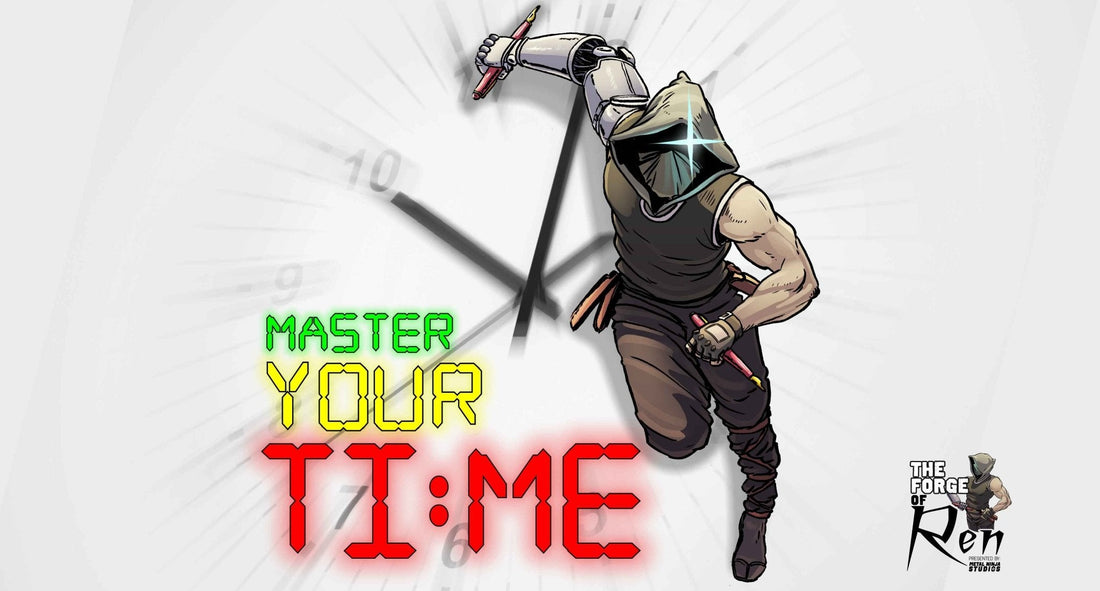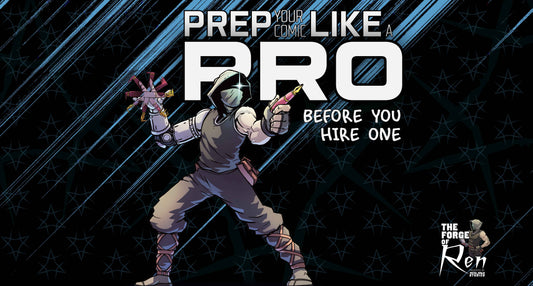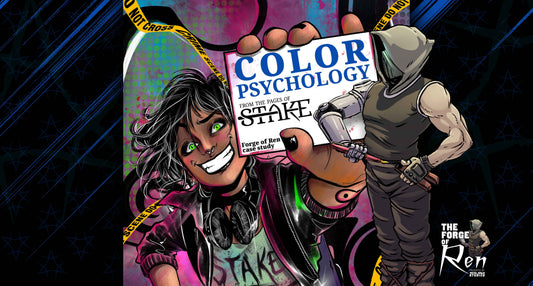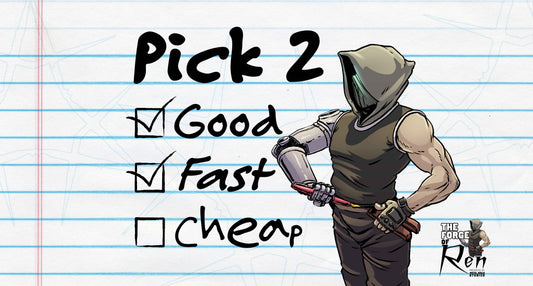Introduction
Lettering in comics often finds itself at the crossroads of creative precision and strict deadlines. As the final stage in the story production process, letterers frequently face time crunches due to unexpected delays earlier in the pipeline. Whether accommodating script revisions or last-minute artwork changes, letterers must balance efficiency and quality to ensure the comic is ready for publication.
This balancing act is a familiar challenge for many industry professionals. However, letterers can manage even the tightest deadlines effectively with the right strategies. Here are six proven ways to tackle deadlines head-on, plus a bonus tip to help you stay ahead of the game.
Break Down and Schedule the Project
A successful project starts with a clear plan. Begin by breaking the lettering process into manageable steps, such as script and asset review, file setup, style design, initial lettering pass, and quality checks. Assign realistic timelines for each phase and use organizational tools like Gantt Charts or Kanban Boards to track progress and avoid overscheduling. The best part is that your initial schedule doesn't have to be perfect. You'll start with estimations you can refine over time as you gain experience and a deeper understanding of your workflow.
Don't forget to account for client reviews, which can introduce unpredictable delays. By building these into your schedule, you create a roadmap that keeps the project on track, even when surprises arise.

Establish a Repeatable Workflow
Consistency is key to working efficiently under pressure. Develop a standardized lettering workflow that includes steps like reviewing the script for typographic adjustments (such as removing spaces after ellipses), placing text in a rough layout, refining balloon placements, and finalizing files.
While no two projects are identical, having a repeatable process gives you a reliable foundation to return to when deadlines are tight. It reduces decision fatigue and ensures every project meets a baseline level of quality.
Utilize Time-Saving Tools and Techniques
The right tools can make all the difference when time is of the essence. Leverage lettering software with features like automated templates, style presets, and hotkeys. Use shortcuts to duplicate assets, apply consistent styles, and prepare proofs efficiently. Consider tools like Adobe Illustrator Actions for automating repetitive tasks, Keyboard Shortcuts for faster navigation, a Macro Keypad, or Elgato Stream Deck to create custom workflows that save time and enhance efficiency.
Mastering these tools helps eliminate repetitive tasks, allowing you to focus on delivering high-quality work within the deadline.

Enhance Team Communication
Clear communication with your creative team is essential for avoiding delays. Proactively engage with writers, editors, and artists to clarify expectations and resolve potential issues early. Regular updates and check-ins keep everyone aligned, ensuring that feedback is incorporated efficiently.
Strong communication minimizes revisions, reduces misunderstandings, and helps the entire team work toward a shared goal.
Be Honest About What's Achievable
When time is tight, not every detail can make it into a project, and that's okay. Set realistic goals by prioritizing essential elements like dialogue balloons, style consistency, and readability. If necessary, defer secondary details, such as intricate sound effects or minor design tweaks, for post-deadline refinements.
This approach ensures that the project's most important aspects are completed to a high standard while allowing room for improvements later.
Limit Multitasking to Boost Focus
Multitasking might seem efficient, but it often leads to mistakes and wasted time. Research shows that task switching can reduce productivity by up to 40% and increase mental fatigue significantly (source: American Psychological Association). Instead, focus on completing one page, and even one lettering element, at a time. For example, finish all captions or dialogue for a page before moving on to sound effects.
This approach ensures that each element receives the attention it deserves, reducing errors and improving overall quality while mitigating the cognitive strain associated with frequent context switching.

Bonus Tip: Build in Flex Time for the Unexpected
No matter how well you plan, surprises are inevitable. That's why it's crucial to include a buffer in your schedule. Allocate 10-15% of the total project time as a contingency for revisions, technical issues, or other unforeseen challenges.
This extra time is a safety net, helping you maintain quality and reduce stress during crunch periods.
Conclusion
Navigating tight deadlines doesn't have to mean compromising quality. Letterers can maintain efficiency while producing exceptional work by breaking down projects into manageable steps, creating repeatable workflows, and utilizing time-saving tools. Clear communication and realistic goal-setting ensure that even the most challenging schedules can be met confidently.
Remember, the key is preparation and adaptability. James Clear states in Atomic Habits, "You don't rise to the level of your goals; you fall to the level of your systems." Establishing strong, efficient systems ensures you can handle even the tightest deadlines with confidence and quality. Building flex time into your schedule and focusing on single tasks can mitigate unexpected hurdles, ensuring every project reaches its highest potential.
At Metal Ninja Studios, we specialize in meeting tight deadlines with precision and creativity. Our team of professionals is ready to help you bring your comic vision to life—on time and to the highest standard.
Let's collaborate to create something extraordinary. Contact Metal Ninja Studios today to learn how we can support your next project.




